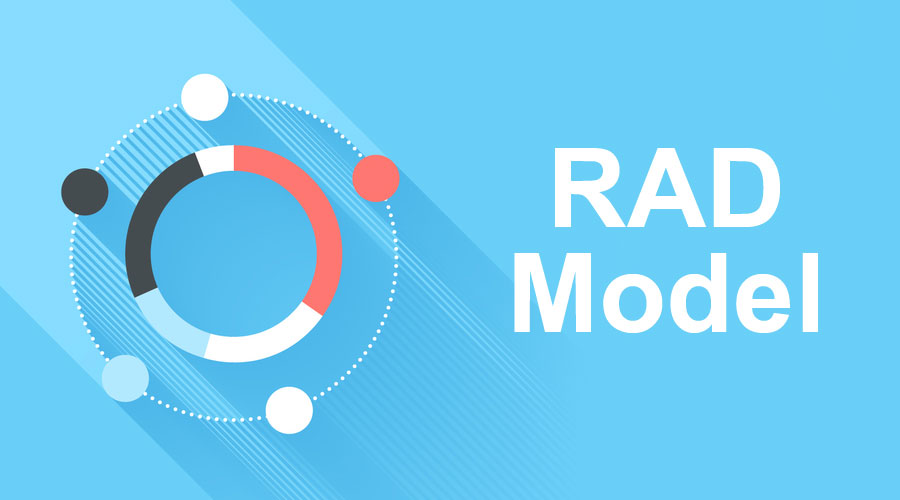
Every living and nonliving item on the planet has a life cycle. There is a period between when it is born or made and when it dies or breaks. Its life cycle may be divided into stages, which allows us to better comprehend the development process.
This was mostly due to the changing environment because of the digital transition in the twenty-first century. They all take a distinct approach to the app development process. The approach used by developers is determined by the type of project and its needs.
To discuss SDLC vs RAD methodology, we must first understand how they function and their procedures.
The Rapid Application Development model (RAD)
The vital stages of RAD are:
1. Planning
Planning is required at the start of every undertaking. All stakeholders involved must meet to determine the project requirements. It is critical to discuss and develop a project timetable and budget analysis.
2. Creating prototypes
This is one of the primary distinctions between the RAD paradigm and traditional SDLC. Functional prototypes are swiftly produced here based on project needs and conversations during the planning stage.
3. Feedback
Customers are now given prototypes to try, examine, and provide feedback on. They can recommend whether features should be added or deleted from the program based on their relevance to business operations.
4. Deployment
When all of the tests, revisions, and iterations have been completed, and the customer is pleased, the app is deployed or eventually delivered to the client. The finished output may be updated and modified without much difficulty.
The Traditional RAD Model:
Here are the stages in this methodology:
Planning
This initial step entails meticulous planning of the project’s requirements. At this step, the software’s objective, functionality, timetable, and budget are specified. There is no going back once this is completed.
System design
Following the specification of the requirements, the technical design phase commences. At this point, the requirements are transformed into technical specifications. This phase’s specialists are in charge of the architectural, system, and hardware needs.
Implementation
Following the completion of the design stage, the development phase begins. This is where all of the coding and testing happens.
Deployment and maintenance
Finally, the application is deployed after the build is complete. Following deployment, there is a warranty term and a maintenance phase.
Final Verdict:
Now that we’ve seen how SDLC vs RAD methodology functions, it’s time to point out the key distinctions between them. Its life cycle may be separated into stages, which helps us to better understand how it develops.
If You want to know about what is enterprise application development software? and open-source enterprise web application development Please feel free to contact us and Try wave maker Low code